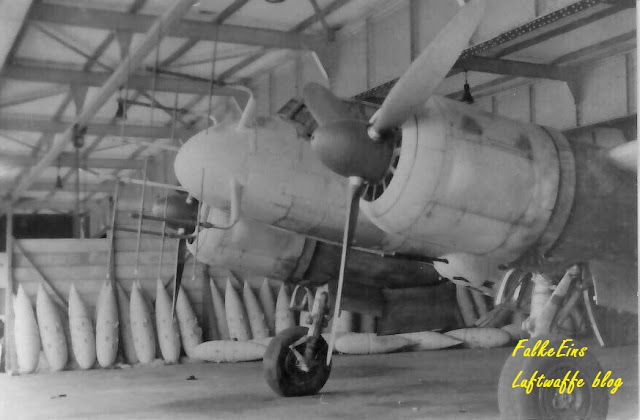I just learnt that John McIllmurray's new e-book on the Ju 88 G-6 is available to purchase and download from KLP Publishing. So that's exactly what I've just done...While I'm not really a big fan of e-books I did purchase KLP's ebook on building the Revell 32nd scale Me 262 night fighter, which was very well done, and I knew that John and David's publication on the Ju 88 G-6 would be a 'must-buy'! Small disclaimer here - the Luftwaffe blog provided a big chunk of text for the 'Nachtschlachter' chapter of John and David's ebook. After all, what 'traditional' publisher in their right mind would produce a 1,031 page volume on a single Luftwaffe night fighter aircraft type in colour? (not to mention an additional 135 pages of losses, victory claims, plans and artworks in separate files..) And while I probably won't be building a 32nd scale G-6 anytime soon (..although I might feel inspired to try..), I will be studying the 'Crow Collection' Ju 88 G-6 photo archive and the loss and claims lists. And unlike some Ju 88 specialists, John is a draughtsman so his plans and artworks are likely to be spot on. Well done John and David ! And kudos to Del and Paul for making available what must be virtually the entirety of their extensive Ju 88 G-6 photo collections which are mostly scanned in very large, reproduced over the full (screen) page and 'zoomable'. And to Kevin for creating such a professional product, great to look at, easy to purchase and download, just click on the image to go straight to the KLP order page
Price by the way is AUD..not USD...
Also on this blog
Zerstörer- und Nachtjagdverbände book series by Paul Stipdonk & Michael Meyer
Building the Zvezda Ju 88 G-6 in 72nd with AIMS resin
Hasegawa Junkers Ju 88 G-6 in 72nd







_.jpg)
_.jpg)




















